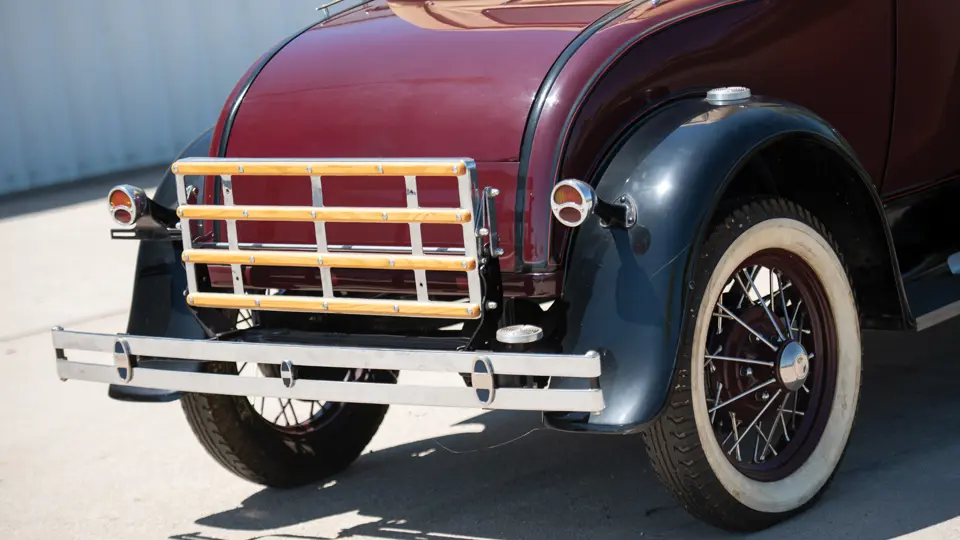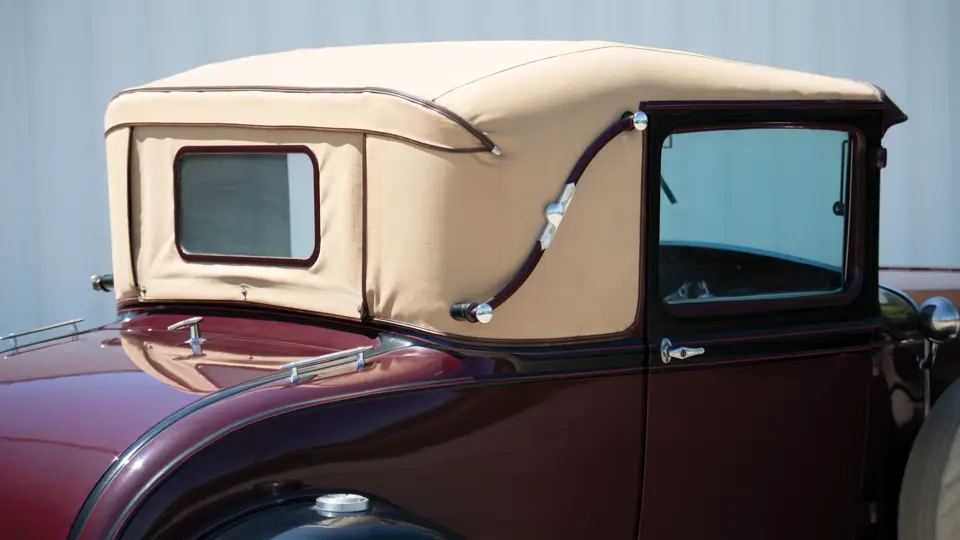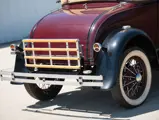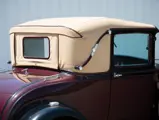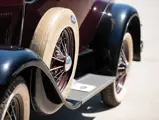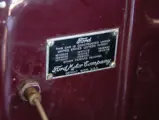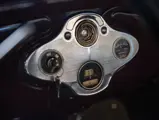Ford’s new Model A, introduced on 2 December 1927, was an engineering upgrade to the Model T, but also added a measure of style, with themes taken from the Lincoln. Along with the usual coupe and sedan bodies, there were some deluxe ones, too, like town cars and leatherback sedans. Another of these was the Model 50-A sport coupe, with rigid canvas-covered top, landau irons, and a standard rumble seat. The result was a car with an air of fancy, while retaining the full weather protection of a regular coupe. Sport coupes were part of the Model A Ford catalogue from the very beginning until the end. The most productive year was 1929, when nearly 139,000 were built.
The Model A was given a face-lift for 1930, but sport coupes continued to be popular. By 1931, when this car was built, production was slowing. As a result, just 21,291 sport coupes were built for the year, making it the rarest of this particular body style.
This 1931 Model A is part of the history of the Merrick Auto Museum. When Jim Merrick and his son Rick were out hunting their first antique cars, Rick became quite enamored of this one, being sold by a local man who had lost his storage. It has been in the family, and later in the museum, ever since. Painted Ford Maroon with black fenders, it has a full complement of deluxe equipment and accessories: cowl lamps, radiator stone guard and quail cap, chrome spoke covers, and dual side-mount spares with canvas covers. Clean and correct, it is a Model A as an A should be.
Until post-war cars took over the collector market, the Model A Ford was the perennial favorite among restorers, collectors, and enthusiasts. This 1931 sport coupe shows why.

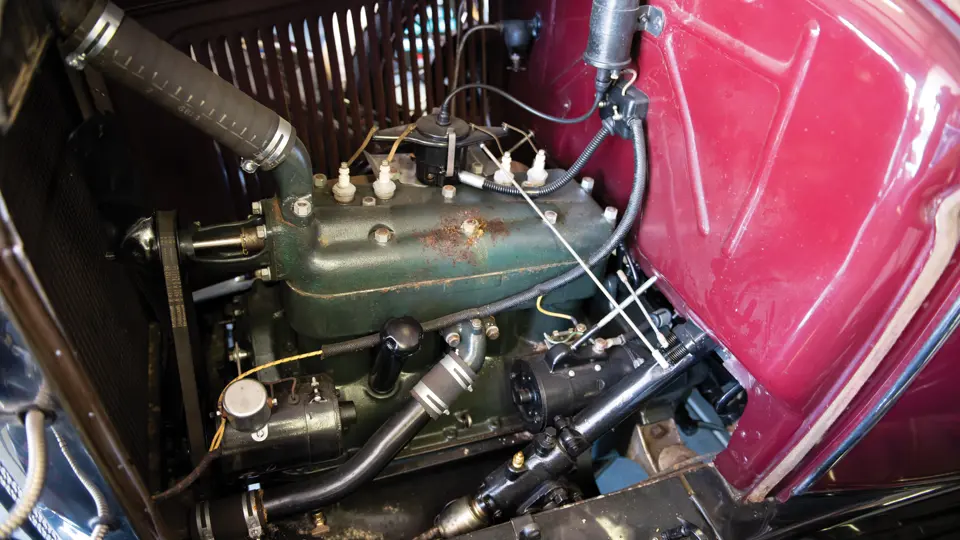


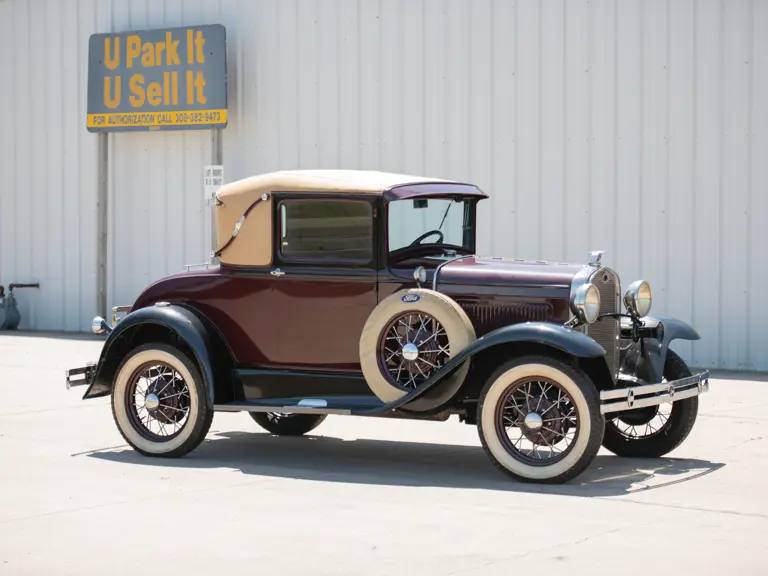
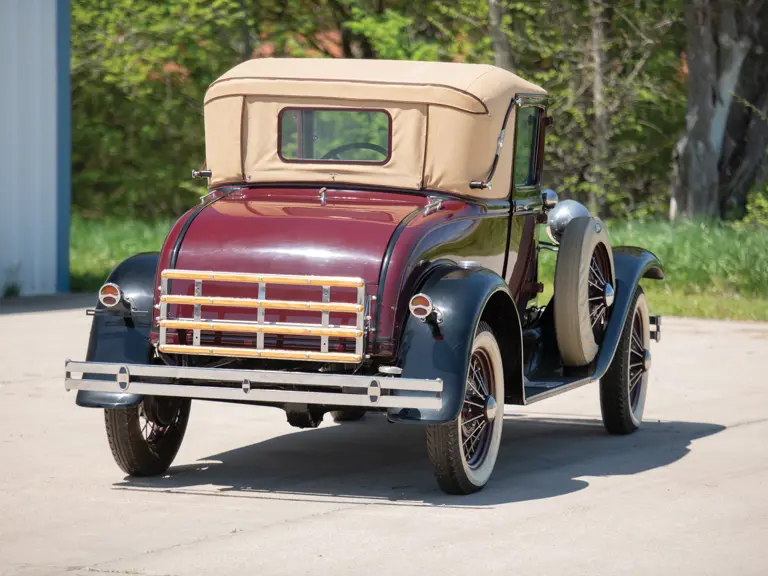
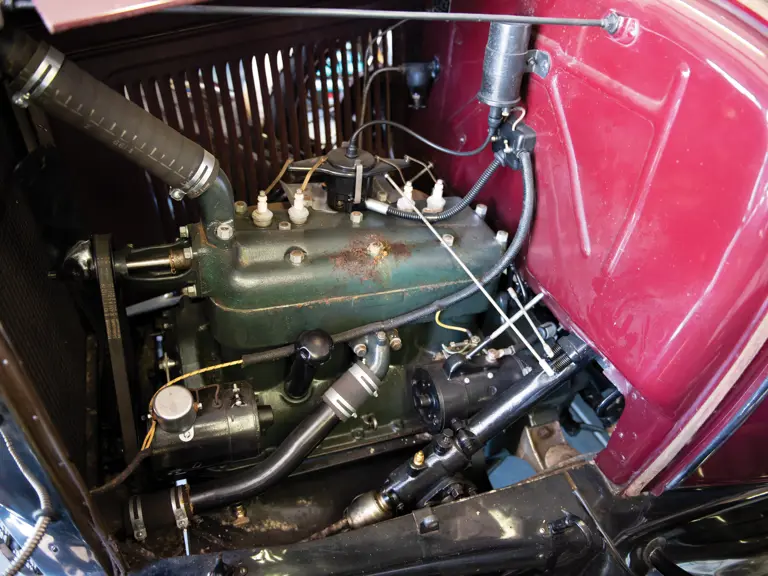

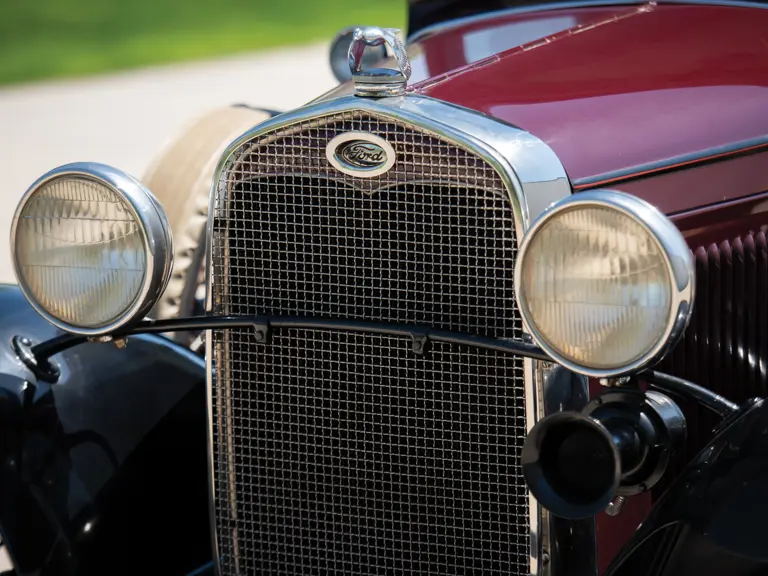
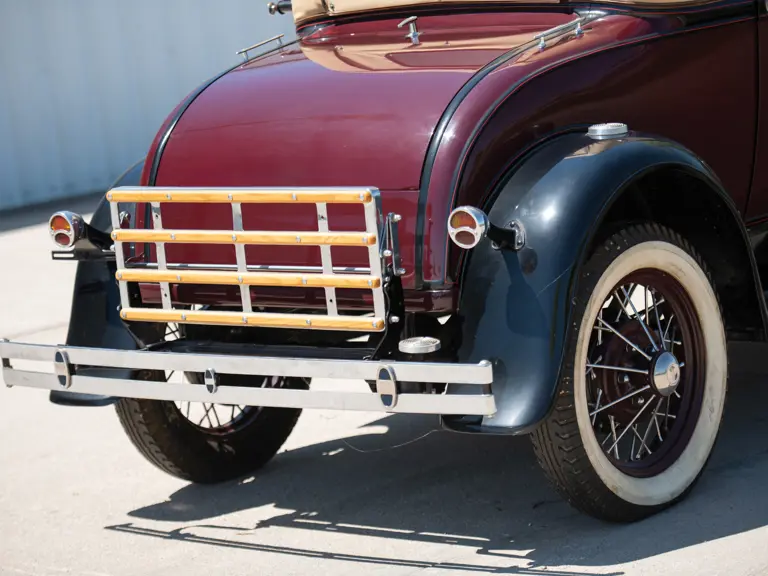
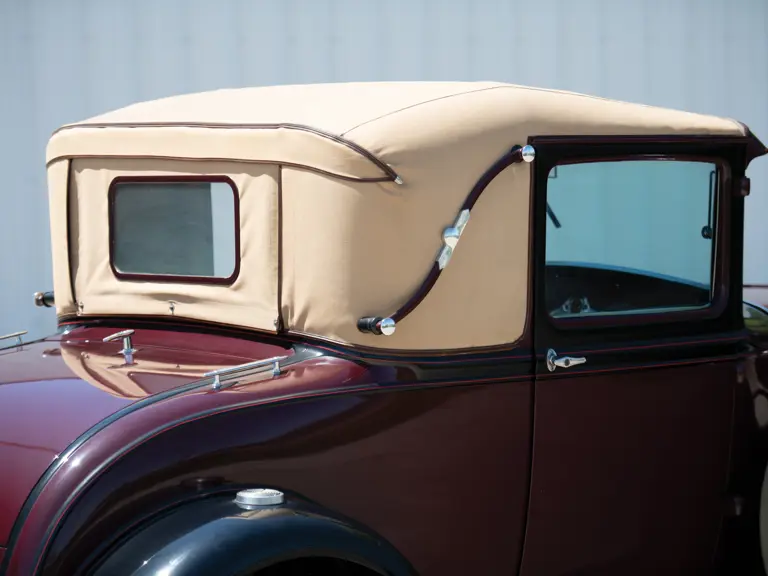
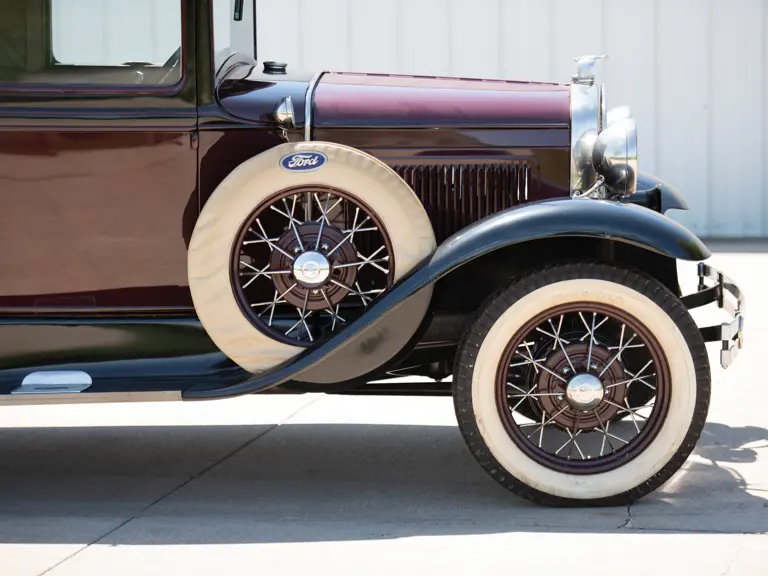
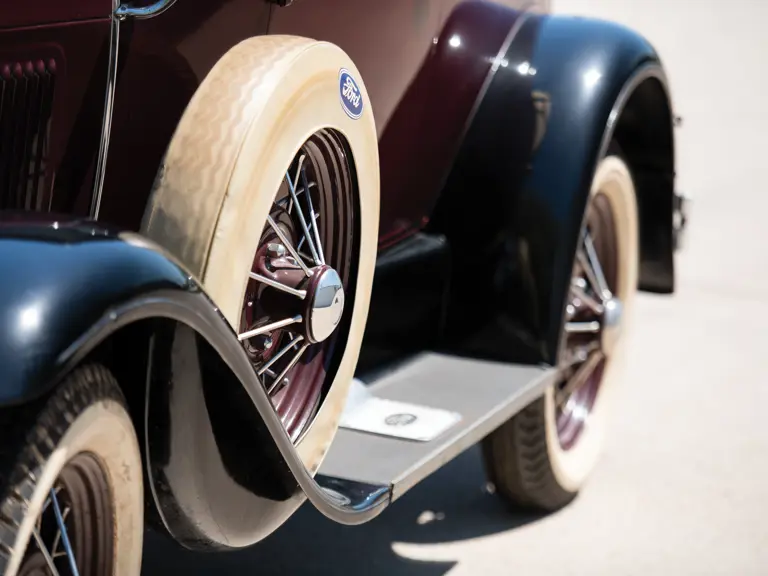
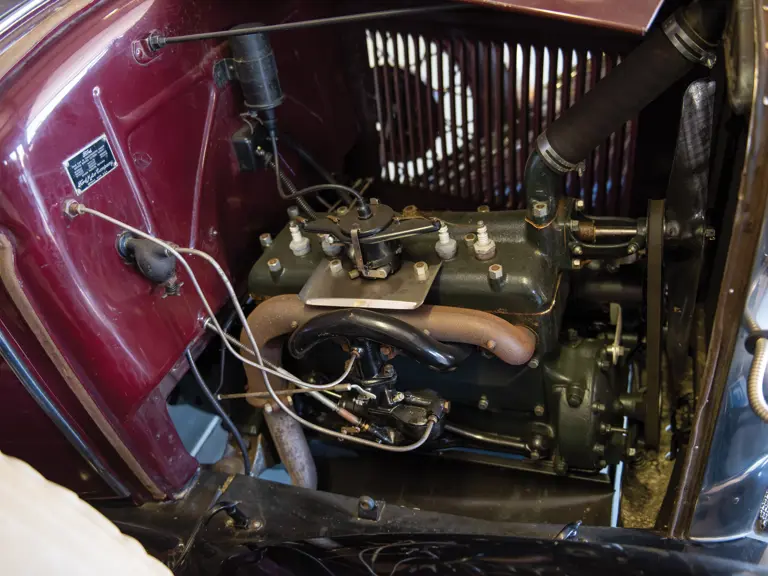
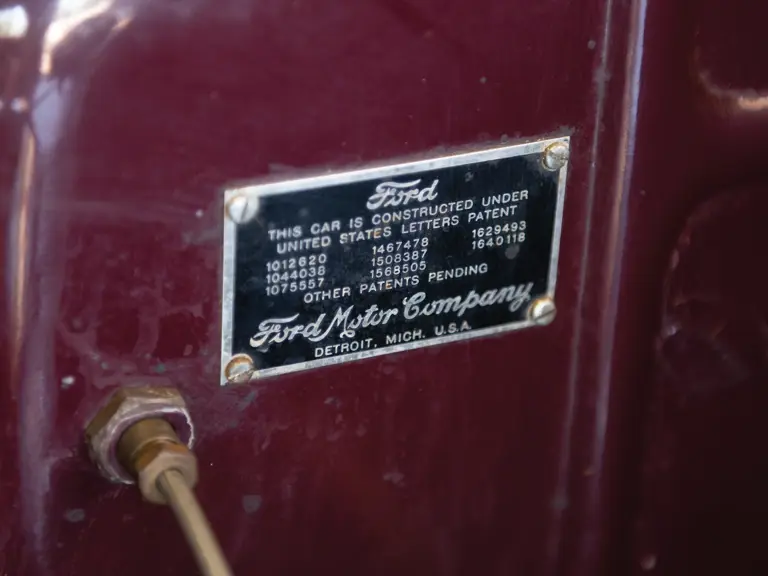
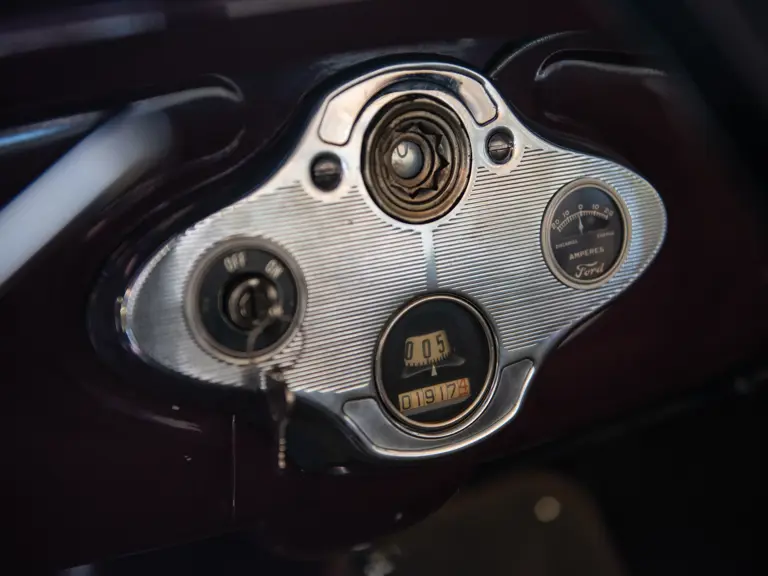
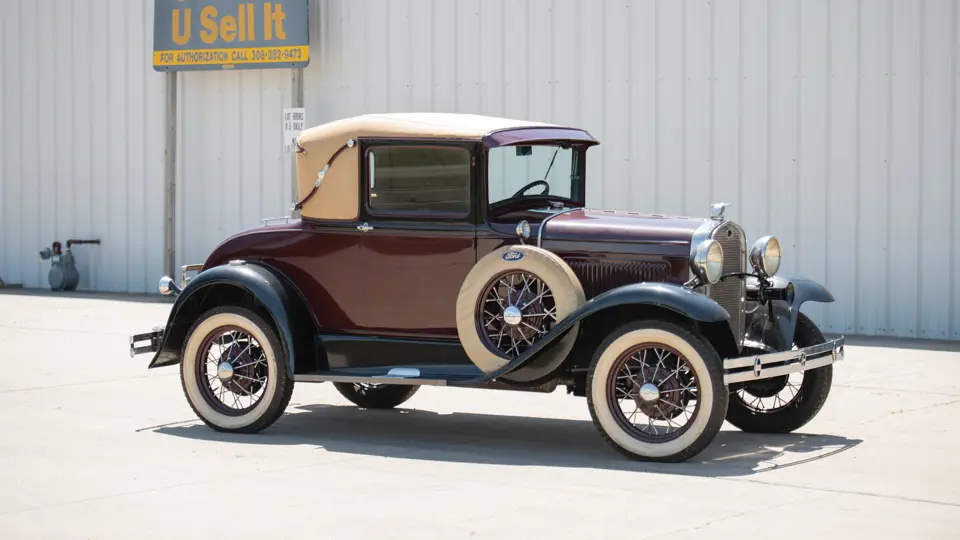
 | Hershey, Pennsylvania
| Hershey, Pennsylvania

